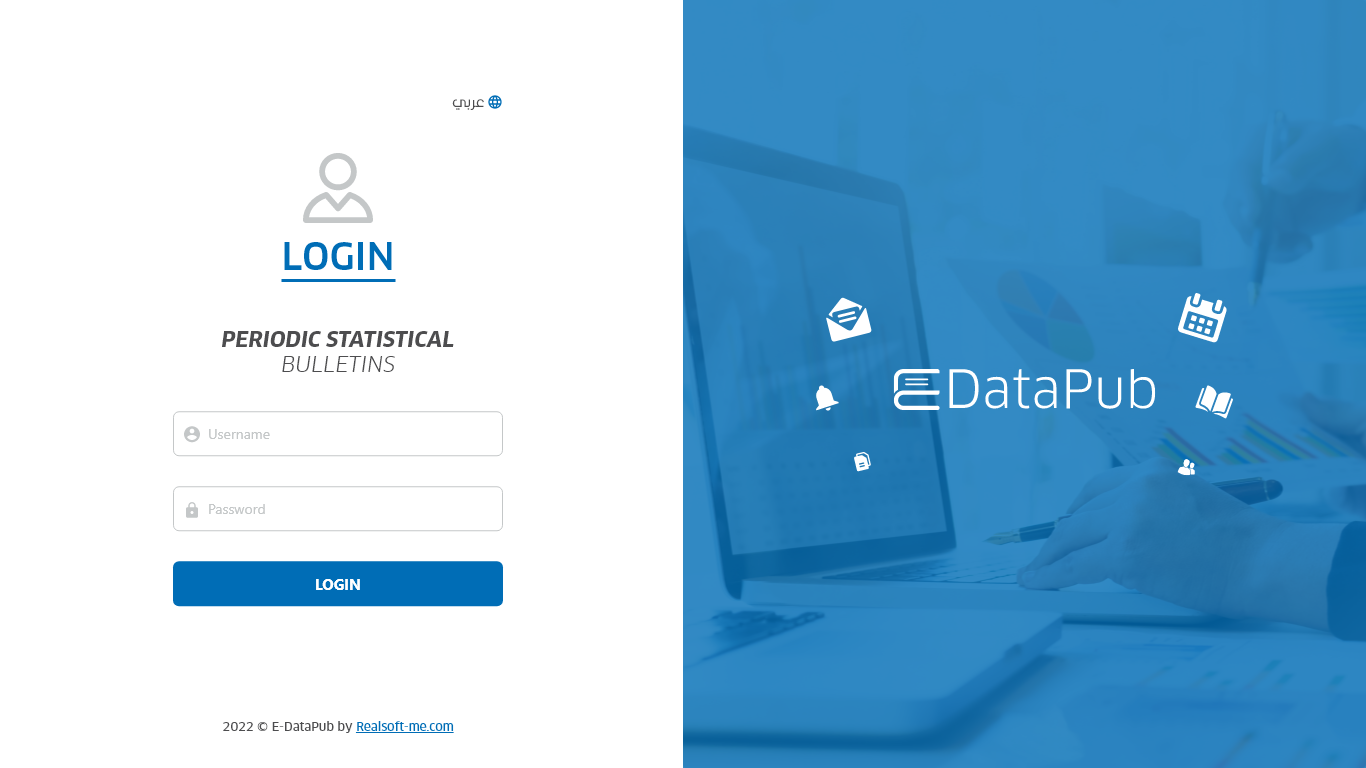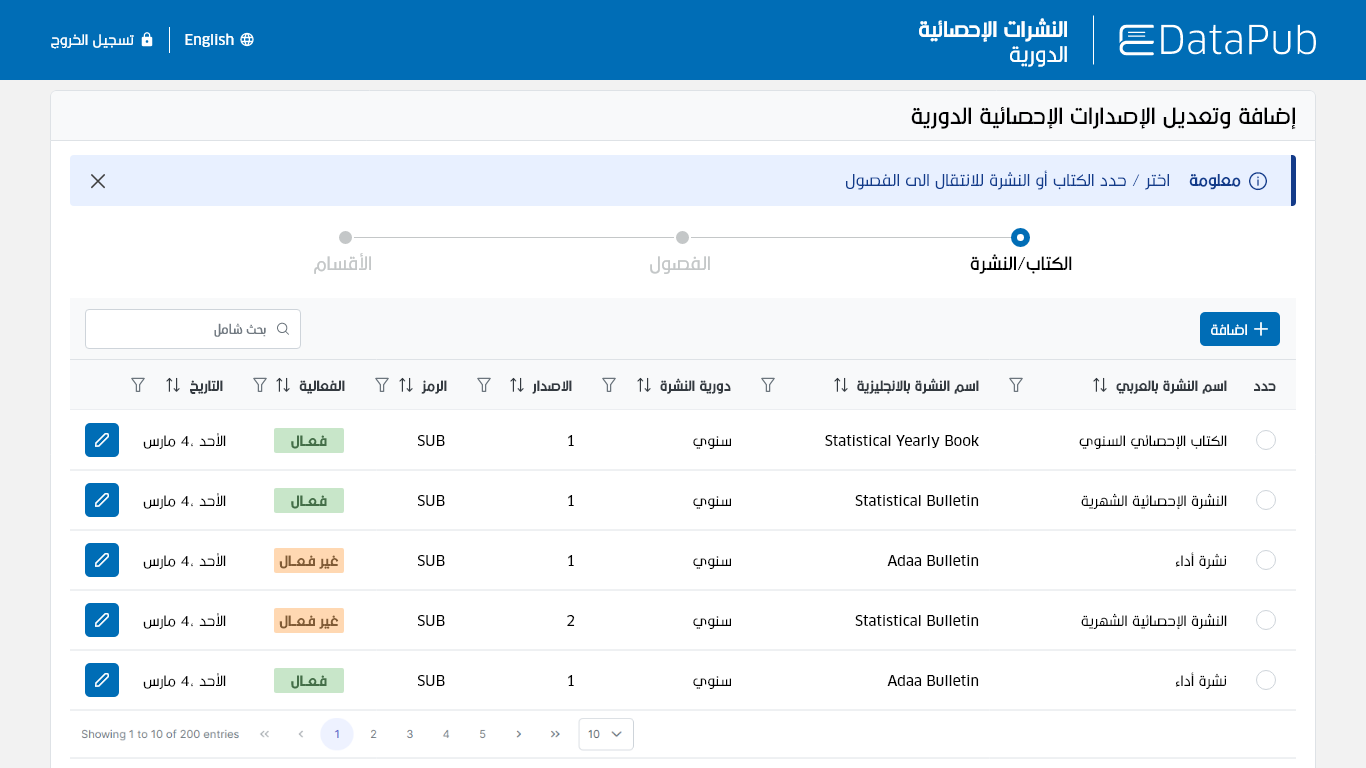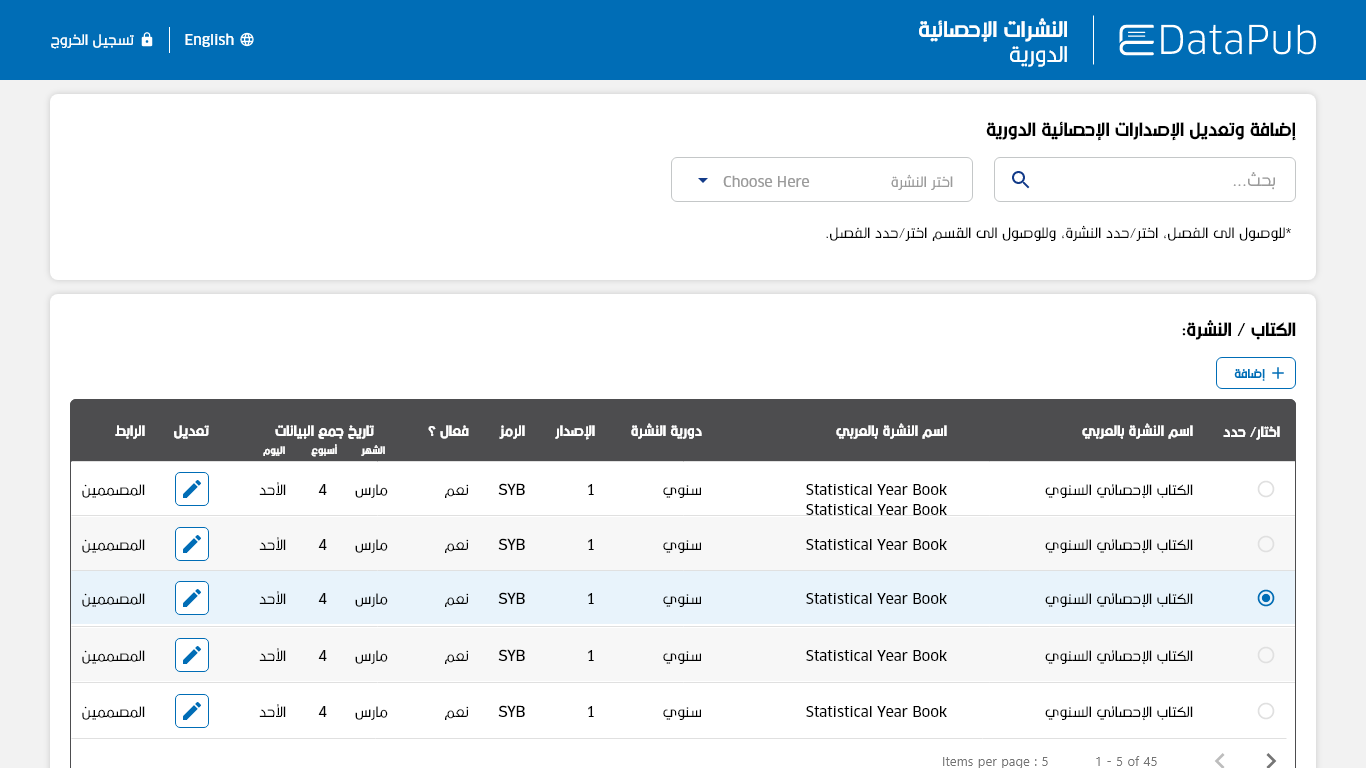Overview
To facilitate the production of periodic statistical publications, RealSoft developed the Statistical Data Publishing Platform E-DataPub, which helps National Statistics Offices with gathering, examining, and processing of data and automatically generating periodic publications. What sets E-DataPub platform apart from other platforms in the market, is its ability to handle many data sources while maintaining a robust workflow that ensures data governance. The platform also assures compatibility with the statistical calendar to prevent any delays in statistical publication.
Product Capabilities
What We Do
Additional Resources
To transition from the traditional manual approach to producing periodic publications, we have developed a technological product that aims to streamline the production process of preparing the publications. This is achieved through programming the logical sequence of steps for data requests from data providers and refining that data to ensure its quality. This product has been developed based on the General Statistical Business Process Model (GSBPM).
The platform enables close connections with relevant data sources, such as ministries, government entities, academic institutions, and others. This helps facilitate and speed up accessing statistical data and reports through the platform, which provides an interface for data submission, sharing, and exchange, making it faster and more efficient. The E-DataPub platform can gather data through various channels, including email correspondence, data entry, and database connections.
By using the E-DataPub platform, we no longer need to prepare official correspondence for data providers. The platform now handles this task according to predefined dates, ensuring the data’s receipt, verification, approval, and publication.
The workflow developed in the E-DataPub platform ensures the speedy completion of work in periodic publications and reduces the time required to prepare statistical reports and data. This is achieved through automating processes such as auditing, reviewing, and preparation. The platform enables statistical agencies to establish a precise plan for preparing periodic statistical releases, with defined tasks and deadlines for each stage, and efficiently distribute these tasks among team members while assigning responsibilities.
The platform provides a timetable for periodic updates of tables and indicators in statistical publications, including deadlines for data collection, analysis, statistical report updates, and regular approval processes. The platform monitors deadlines and manages tasks associated with data updates, ensuring timely execution. Electronic schedules are utilized to track and monitor deadlines, allocate required tasks, and distribute them across different levels according to the organizational hierarchy. The platform documents all processes related to statistical calendar updates and performance evaluations and provides regular reports for assessing compliance with the calendar and monitoring performance.
The platform follows best practices and procedures to reduce human errors through an easy-to-use and quickly understandable user interface. It employs simple and clear symbols, icons, and designs to guide users and motivate them to follow the correct procedures. The platform utilizes mechanisms to verify the accuracy and completeness of data exchanged by employing self-verification techniques and continuous auditing to ensure that the transmitted and received data are valid and consistent. It provides notifications and alerts to users in case of errors during the data exchange process, guiding users and offering troubleshooting guidance. The comprehensive user guide, which includes clear instructions and steps for using the platform, also helps limit and minimize human errors.
The platform provides mechanisms to verify the accuracy and completeness of data exchanged through it. It utilizes self-verification and auditing techniques to ensure that the data meets the defined standards and is free from inconsistencies. This includes criteria for accuracy, completeness, consistency, and reliability. The platform is built on a robust and reliable database that maintains data correctly and is organized. It includes standardized data entry forms and formats, as well as documentation of the source, date, and time of the data.
To enhance sustainability and maximize available data utilization, the platform automatically creates or updates a database for statistical bulletin tables and indicators. This enables statistical agencies to reuse the data for creating multiple indicators and reports for various purposes. Additionally, it facilitates the construction of statistical trend analyses over time and enables comparative analysis. This allows for a comprehensive understanding of developments and changes over the specified period and enables effective analysis.
Once the bulletin tables and indicators are completed and approved by the designated staff member, the platform utilizes Python software to generate final reports in Excel and PDF formats. The PDF version is a print-ready copy that seamlessly integrates with the InDesign application. Users can also download and share the reports via email or direct download links.




